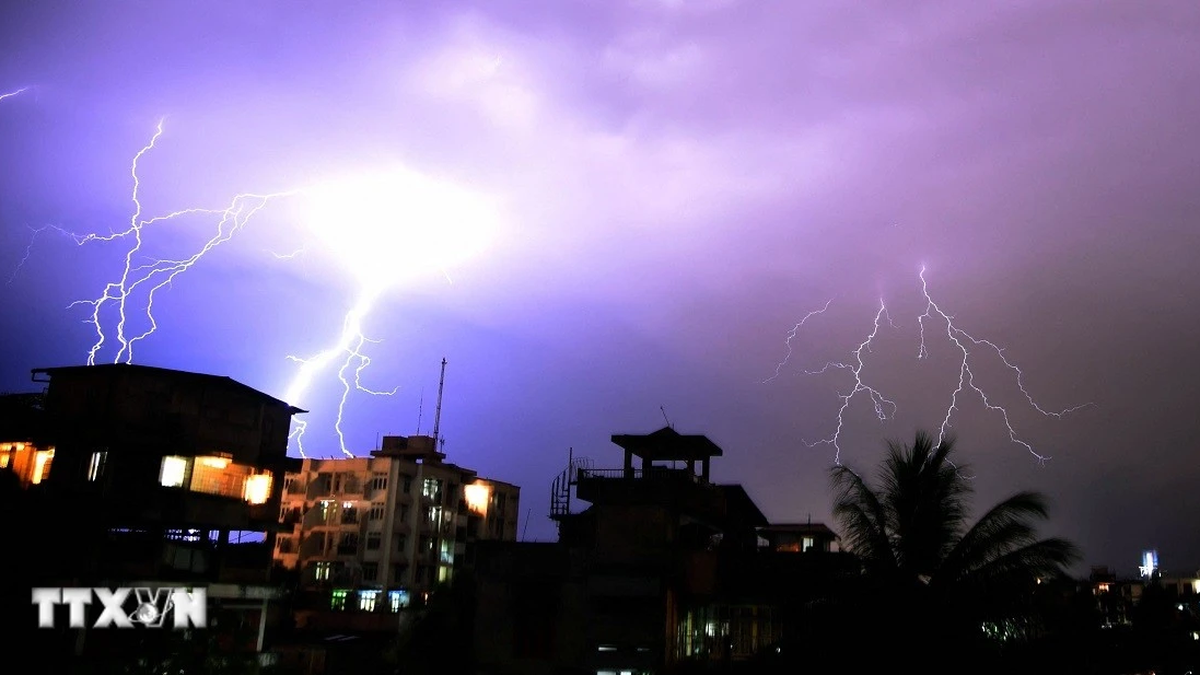 |
| Today's oil price, February 21, at 5:30 am, Brent and WTI oil prices both increased slightly. (Source: Oilprice) |
Brent crude fell $1.22, or 1.5%, to $82.34 a barrel. The six-month Brent spread was at its widest since October 2023, a sign of a tightening market.
US West Texas Intermediate (WTI) crude futures for March delivery, which expires on February 20, fell $1.01, or 1.3%, to $78.18 a barrel. WTI crude futures for April delivery fell $1.30, or 1.4%, to $77.04 a barrel.
No deal for WTI oil on February 19 due to US Presidents Day holiday.
The premium for U.S. crude futures for the second-month contract more than doubled to $1.71 a barrel, its highest in about four months, Reuters reported, encouraging energy companies to sell now rather than pay to store the product for later months.
Commenting on the expected slide in oil prices, IG market analyst Tony Sycamore said it was due to “quiet trading” during the US holiday and concerns about demand to offset ongoing geopolitical tensions in the Middle East.
The United States has again vetoed a draft UN Security Council resolution calling for an immediate humanitarian ceasefire in the Gaza Strip. Instead, the US urged the council to support a temporary ceasefire based on a plan to release hostages.
Meanwhile, Houthi forces have continued to increase attacks on ships in the shipping lanes in the Red Sea and the Bab al-Mandab Strait. Since last Friday, the Houthis have used drones and missiles to attack at least four ships.
Despite the conflict showing no signs of abating in the Middle East - one of the world 's major oil-producing regions - investors appear to be more worried about declining global demand.
On February 20, China announced that it had cut its benchmark five-year loan prime rate by 25 basis points to 3.95%. This is the largest reduction since the benchmark rate was introduced in 2019 and higher than analysts expected. This rate cut is aimed at reviving the real estate market and supporting the economy .
The lack of a more positive response in the crude market points to a deeper problem with oil demand in China, said John Kilduff, partner at Again Capital LLC in New York.
Last week, the International Energy Agency cut its forecast for oil demand growth in 2024 by nearly 1 million barrels per day compared to OPEC’s outlook. The agency said global oil demand would grow by 1.22 million barrels per day this year, compared to OPEC’s 2.25 million barrels per day.
Domestic retail prices of gasoline on February 21 are as follows:
E5 RON 92 gasoline is not more than 22,831 VND/liter. RON 95-III gasoline is not more than 23,919 VND/liter. Diesel oil not more than 21,361 VND/liter. Kerosene not more than 21,221 VND/liter. Fuel oil not exceeding 15,906 VND/kg. |
The above domestic retail prices of gasoline and oil were adjusted up by the Ministry of Finance and the Ministry of Industry and Trade in the price adjustment session on the afternoon of February 15. Accordingly, the price of E5 RON 92 gasoline increased the most, by 711 VND/liter; the price of fuel oil increased the least, by 308 VND/kg.
In this operating period, the joint ministries set aside the Petroleum Price Stabilization Fund for fuel oil at VND300/kg; did not set aside the Petroleum Price Stabilization Fund for E5 RON 92 gasoline, RON 95 gasoline, diesel oil and kerosene; did not use the Petroleum Price Stabilization Fund for E5 RON 92 gasoline, RON 95 gasoline, diesel oil, kerosene and fuel oil.
Since the beginning of the year, gasoline prices have increased 5 times and decreased 2 times.
(synthetic)
Source



































































































Comment (0)